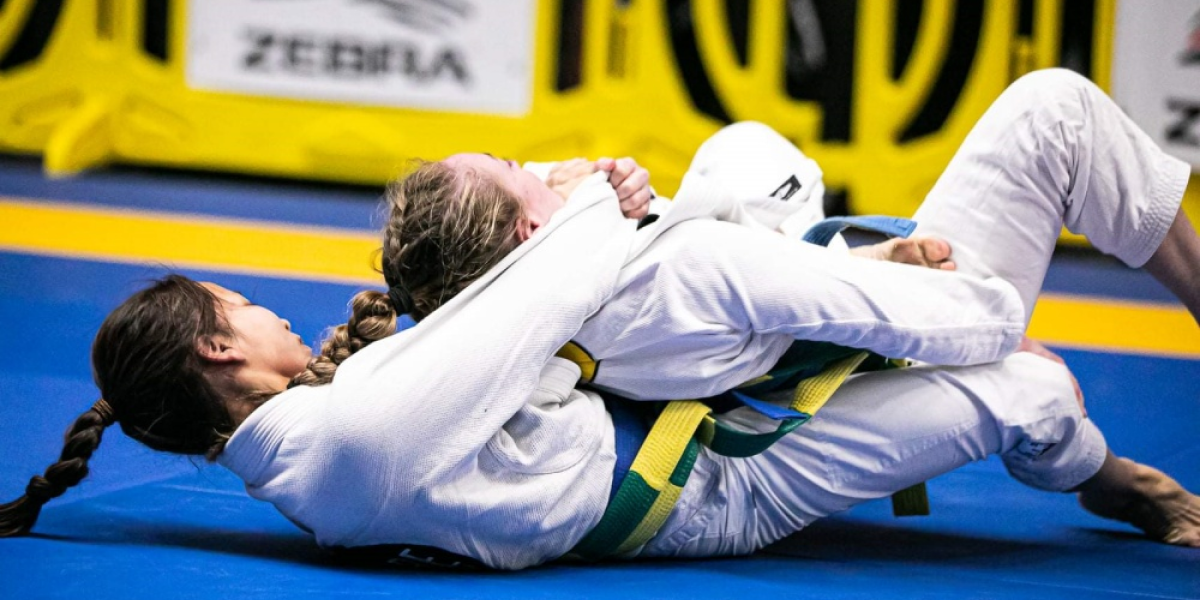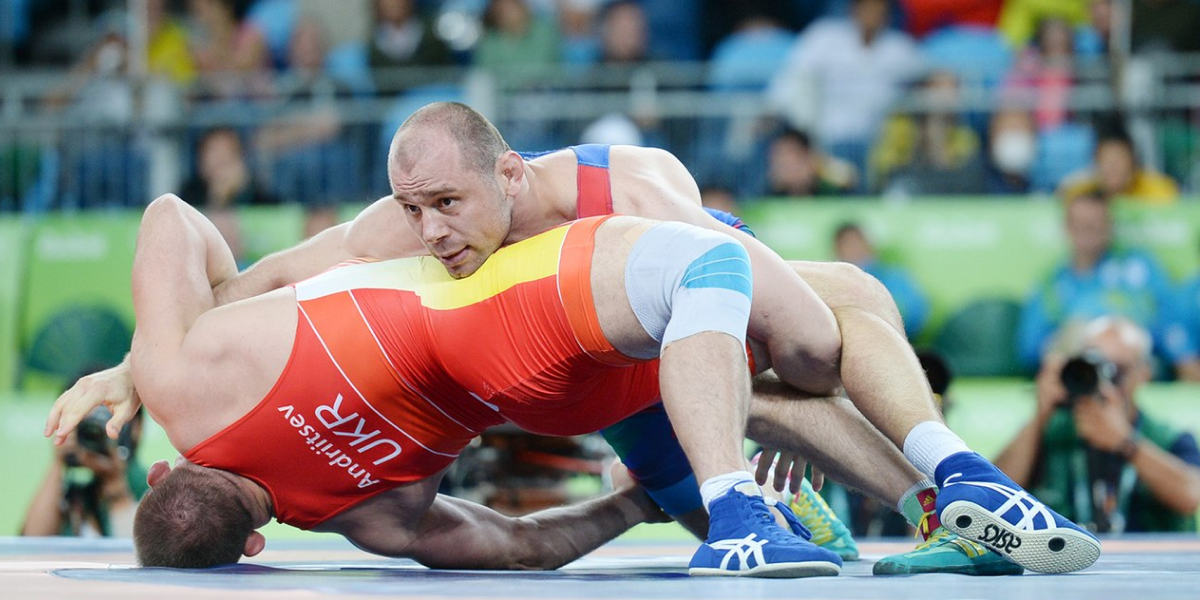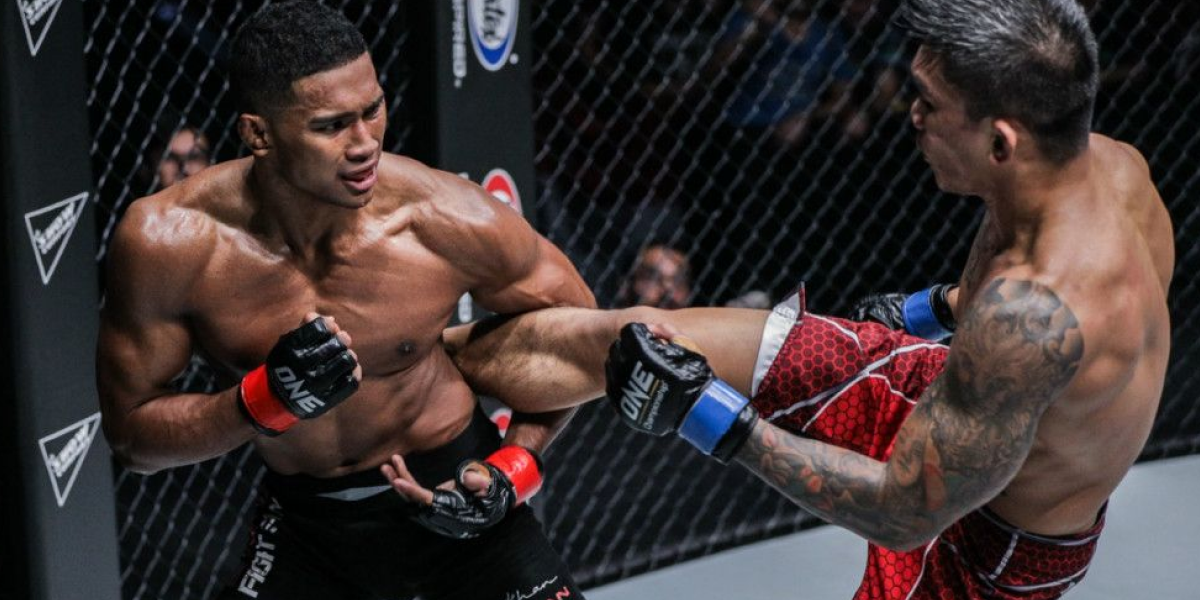The debate over "What is better, BJJ or wrestling?" is a long-standing one among martial arts enthusiasts and practitioners.
Both Brazilian Jiu-Jitsu (BJJ) and wrestling are highly effective martial arts disciplines, enhancing a practitioner’s strength, stamina, physical fitness, and mental acuity, allowing them to strategise and anticipate opponents' moves.
While both can be incredibly potent if not practiced in a controlled manner, the question of which is superior often depends on the specific scenario and individual goals.
This article aims to explore the key differences and similarities between wrestling vs BJJ, their unique applications, and ultimately, whether one truly stands above the other.
Understanding the Disciplines
To understand the difference between wrestling and jiu jitsu, it's crucial to delve into each martial art's unique characteristics.
A. Brazilian Jiu-Jitsu (BJJ)
Brazilian Jiu-Jitsu, or "gentle art," originated from Japanese Judo, taught by Mitsyuo Maeda to Carlos Gracie in 1917 and then developed by the Gracie family.
The Gracies transformed this traditional style into an organized art, and it gained significant recognition from the 1920s to the 1940s. Though primarily practised in Brazil until the 1990s, when the official BJJ Championship was held, the International Brazilian Jiu-Jitsu Federation now organises tournaments worldwide.


Buy Custom BJJ Gears
At Fitmanpro, we specialise in providing high-quality custom MMA products tailored to your needs.
B. Wrestling
and existed in Ancient France, Southern Europe, Egypt, the Bible’s Old Testament, and Indian religious texts

Similarities and Differences Between BJJ and Wrestling
- Both are forms of grappling and involve fighting on the ground.
- Both aim to knock down, control, and subdue competitors.
- Both fighting styles have the same aims, but their rules are different.
- In both sports, challengers strive for higher scores or submissions to end the match.
- Primary Goal: The whole emphasis of BJJ is on submission and ground fighting, whereas wrestling is based on takedowns and pins
- Technique vs. Strength: BJJ is based on using the right techniques at the right time with the right competitor, emphasizing technique, timing, and leverage. Wrestlers, on the other hand, often rely more on physical strength, power, and speed.
- Rules: Wrestling rules are rigid and strict, while BJJ rules are quite practical and dynamic.
- Winning Conditions: Wrestlers use weight and pressure to win the fighting competition, whereas BJJ fighters gain points through submissions.
- Ground Comfort: BJJ practitioners are comfortable fighting from vulnerable positions, such as on their backs (guard position), and are "programmed" to escape and finish the fight from these positions. Wrestlers, however, are trained to control from the top position and are generally less comfortable fighting off their backs
Effectiveness in Different Scenarios
B. Mixed Martial Arts (MMA)
The relationship between wrestling to MMA and brazilian jiu jitsu MMA has evolved significantly over time. In the early days of MMA, BJJ played a crucial role in popularizing the sport.
Royce Gracie famously demonstrated the unparalleled prowess of ground fighting, defeating physically stronger and larger opponents, and debunking the idea that size equates dominance.
BJJ dominated the MMA scene for years under limited rules. However, the landscape of MMA vs wrestling shifted with the introduction of the Unified Rules and the 10-point scoring system.
This system favors wrestlers because takedowns and ground control score points, whereas submission attempts are only factored into scoring if they come close to ending the fight. This led to wrestlers like Kazushi Sakuraba ending Royce Gracie's early dominance.

Pros of Wrestling in Modern MMA:
• Easy Way to Score Points and Win Rounds: Takedowns and ground control effectively score points, even stealing closely contested rounds.
• Ability to Control the Fight: Wrestlers can dictate whether the fight stays standing or goes to the ground, and can use takedowns to avoid getting finished when stunned. Cons of Wrestling in Modern MMA:
• Limited Ability to Finish Fights: Wrestlers often focus on ground strikes rather than submissions, which can be a drawback.
• Energy Intensive: Takedowns use a lot of energy, requiring excellent cardiovascular endurance. Pros of BJJ in Modern MMA:
• Ability to Change the Outcome of Fights in a Split Second: Skilled BJJ players can end fights from almost any ground or clinch position with submissions.
• Better Complementary Style for Strikers: BJJ teaches setups, sweeps, submission defense, and reversals, helping strikers get back on their feet.
• Effective Grappling: BJJ grappling abilities are typically strong enough to dominate fighters from other grappling bases. Cons of BJJ in Modern MMA:
• Ineffective Takedowns Against Experienced Wrestlers: BJJ practitioners often struggle with takedowns against strong wrestlers, and many BJJ gyms lack depth in takedown instruction. Ultimately, the most successful approach in modern MMA,
Regardless of whether it's bjj vs mma or MMA vs wrestling from a primary style perspective, is a combination of both combat styles. Grappling, takedowns, strikes, and submissions are all equally important.

Buy Custom BJJ Gears
At Fitmanpro, we specialise in providing high-quality custom MMA products tailored to your needs.
Cross-Training: The Ultimate Advantage
For instance, Khabib Nurmagomedov is highlighted as a ruthless wrestler with a prowess over BJJ submission techniques. Conversely, Gilbert Burns, a former Brazilian Jiu-Jitsu World Champion and 3rd-degree BJJ black belt, became an "invincible" UFC mixed martial artist after adding wrestling skills to his BJJ training.
Therefore, to become a well-rounded wrestler or grappler, capable of takedowns, strikes, grappling, and submissions, training both these disciplines at the same time is highly advisable for comprehensive self-defense or maximum effectiveness in any fighting scenario.
Conclusion: Your Choice, Your Journey
- Choose wrestling if you are interested in testing your physical power and strength and enjoy intense workouts, along with developing expertise in standing moves and controlling opponents.
Choose BJJ if you are interested in technical fighting principles, exploring the "gentle art" of self-defense, and emphasizing strategy and leverage over brute strength. It's a comprehensive kit designed to teach the skills necessary to survive any duel, including effective escape positions and controlling movements by an opponent.
However, for comprehensive self-defense and maximum effectiveness in any fighting scenario, especially in a professional setting like MMA, having prowess over techniques from both fighting styles is the best approach.
The ability to combine jiu jitsu vs wrestling techniques creates a formidable opponent who can dictate the fight, secure takedowns, defend against them, and finish with submissions.
